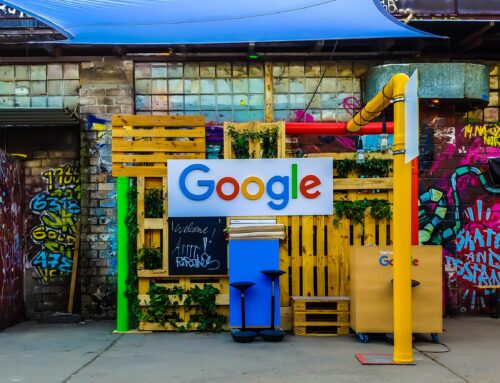The Google Display Network, or GDN, has changed internet advertising forever. The tech giant continues to connect to various networks, platforms, and websites to raise their digital advertising profile.  The more customers get for their digital marketing dollar, the better for Google. Because the bottom line is the bottom line. This is why Google continues to grow in profits and profile.
The more customers get for their digital marketing dollar, the better for Google. Because the bottom line is the bottom line. This is why Google continues to grow in profits and profile.
It may seem confusing if you’re a lawyer and your client is concerned about a competitor using the GDN while misrepresenting a product. The other side of the legal dispute has ads popping up all over the internet! How do you get a handle on how far their reach is and how badly they’ve disenfranchised your client? A lawyer knows they can help their client win a case, but the hidden world of the GDN isn’t an easy “code to crack.” That’s where I come in. As an expert witness in the online advertising realm, I can help you, the judge, and the jury understand how it works.
The power of Google’s Network is also causing problems for Google
This tool is so mighty it’s even gotten Google into hot water! Currently, the company is being sued by the Department of Justice around anti-trust laws and monopolizing the digital advertising realm (https://www.reuters.com/legal/nine-more-us-states-join-justice-department-lawsuit-against-google-over-ad-tech-2023-04-17/). And we can see why. Google reaches around 90% of all internet users. Google ads can pop up worldwide with access to over two million websites, apps, blogs, and videos. This makes it a very lucrative advertising tool for the honest and not-so-honest handling online business.
I can’t comment on if Google executives were considering how their tool infringes on the property of others or not. But, for those who use it, we are talking about the human condition here. Those with less honest motives might find the GDN a great way to manipulate networks for a quick buck.
What is Online Advertising?
Just in case you’re not clear what online display advertising is, it looks similar to the type of ads you’d see in a magazine or newspaper. They are colorful, with photos or fun graphics. These ads can pop up at the top of the page (also called “banner ads”), or alongside an article. These ads are meant to be “engaging,” so the user will click on them and go immediately to that website. These are used for advertising products, but they can also be used for surveys, non-profit organizations, or political campaigns. And although they can have a wider reach than newspapers and magazines, there are still rules to follow.
Here are a few things that Internet display ads can do to get more customers:
- Create curiosity and interest.
- Build brand awareness.
- Target a specific audience.
- Measure ad success (analytics) and quickly modify to improve audience reach.
- Google may be “smart,” but most thieves are dumb.
There are a lot of dumb thieves in our analog world. They seem to think they’re pretty slick, sneaking around, breaking into a Tesla when the camera records the entire event. Or grabbing a purse from an elderly lady when a security guard or good citizen is right there to stop them in their tracks. Many folks with bad intentions are just as stupid when it comes to stealing via the internet. They may seem wise to their friends and co-conspirators, but they forget that when you steal online, you leave a trail everywhere you go.
As an Expert Witness who has been certified in both Federal and State court, I’ve helped attorneys map the connections and provide a path to cases involving trademark infringement, forensic SEO, PPC (pay-per-click) internet ads, and Google Display Network ads. If you need me to consult on a case, provide data, or simply explain the GDN to a judge and jury, give me a call. The GDN may seem complicated and even impenetrable, but not for me. As an expert witness in the Google Display Network, I will unwrap the mystery.


